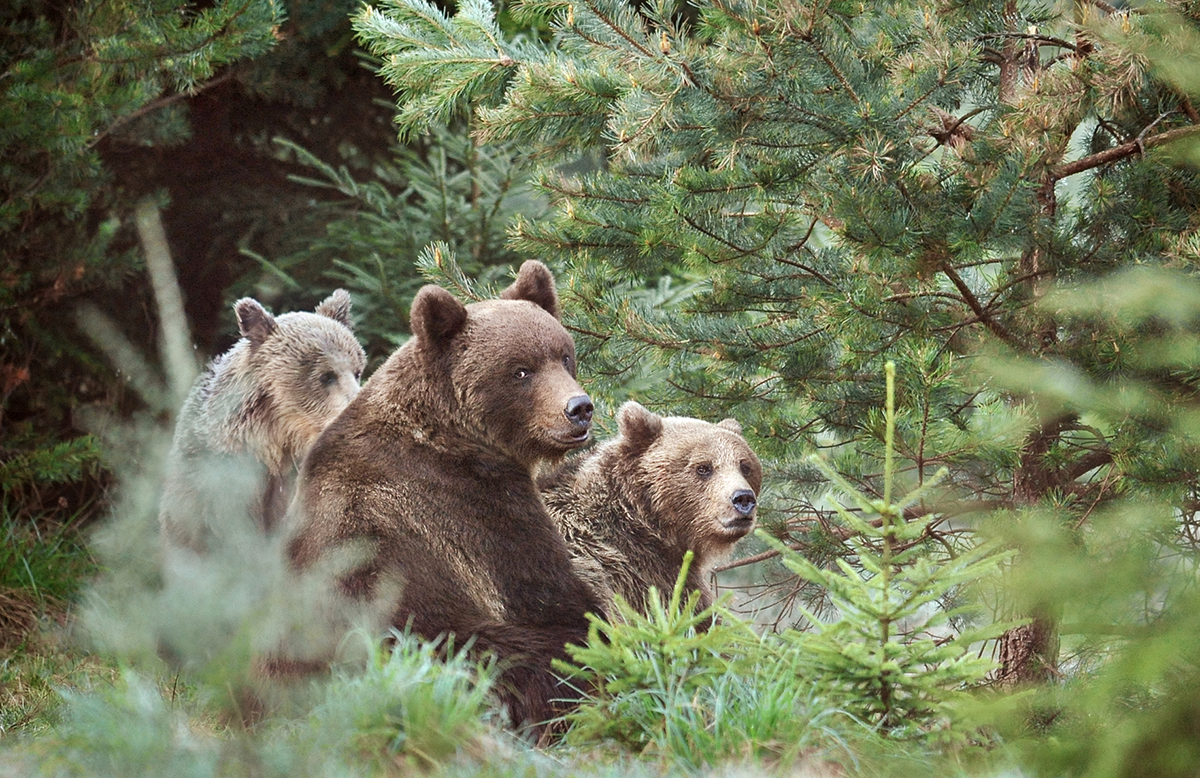Dean Weingarten and associates have done a ton of work compiling actual handgun bear defense cases. I think they're up to 170 or so cases at this point, Well worth reading them to get a picture of what these incidents typically look like and get an idea of trends.Okay, so what is the minimum cartridge that would make a bear change its mind?

Handgun or Pistol Against Bear Attacks 104 cases, 97% Effective
In the latest update on how effective pistols and handguns are when used to defend against bears, 104 documented cases show a success rate of 97%.
In summary, everything from 22LR and up have worked to stop attacks, but success is much more sporadic and unpredictable at the 22LR level; not really surprising. When hits are made, from 9mm up, success approaches 100% on black bears and grizzlies. The data from these incidents is the main reason I went "down" to 9mm for a bear defense pistol. Using something at that level or higher, and making hits with it, is what the data indicates is most important. 9mm might lower my round-for-round effectiveness over my 44, but I can make hits with it faster and more accurately, and at that level, that's what the data seems to indicate is most important.
